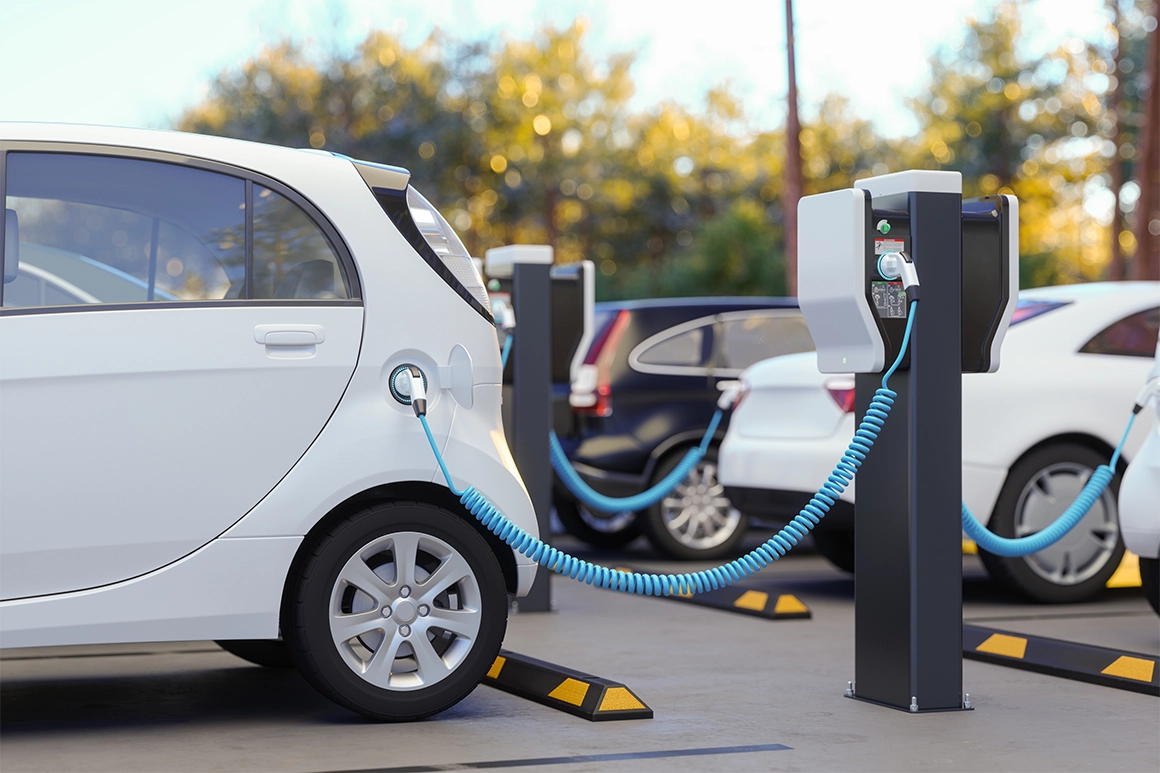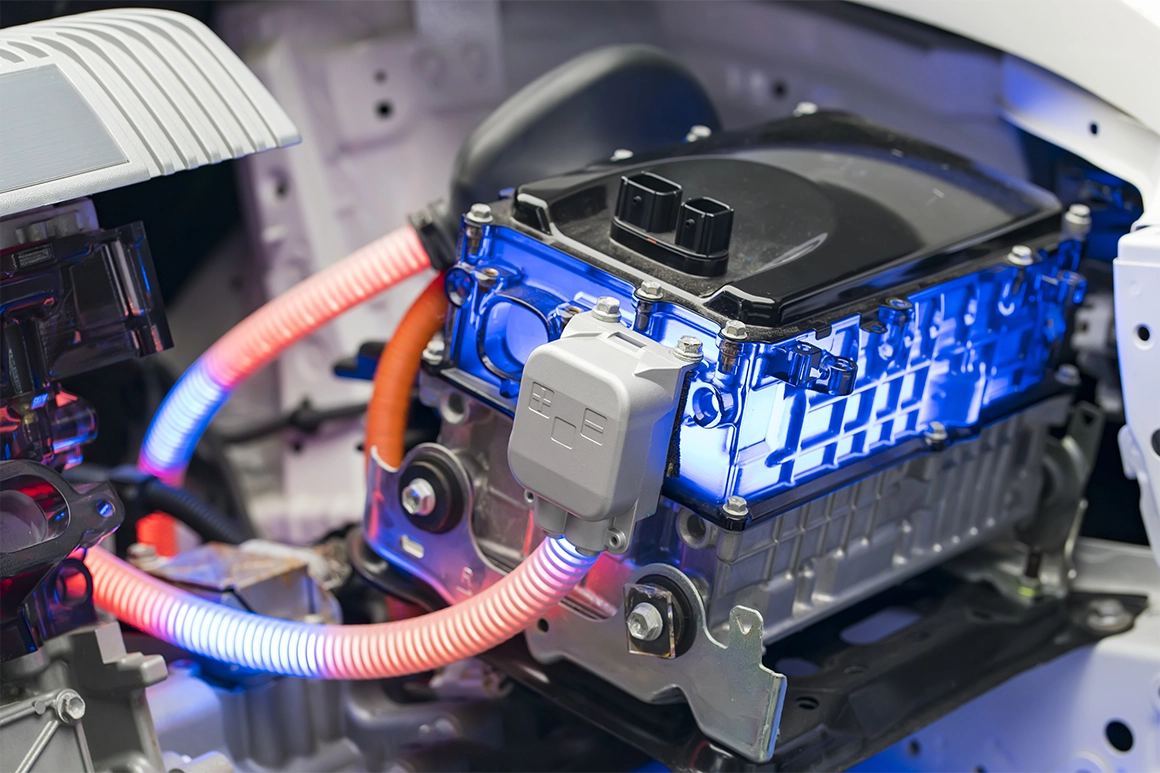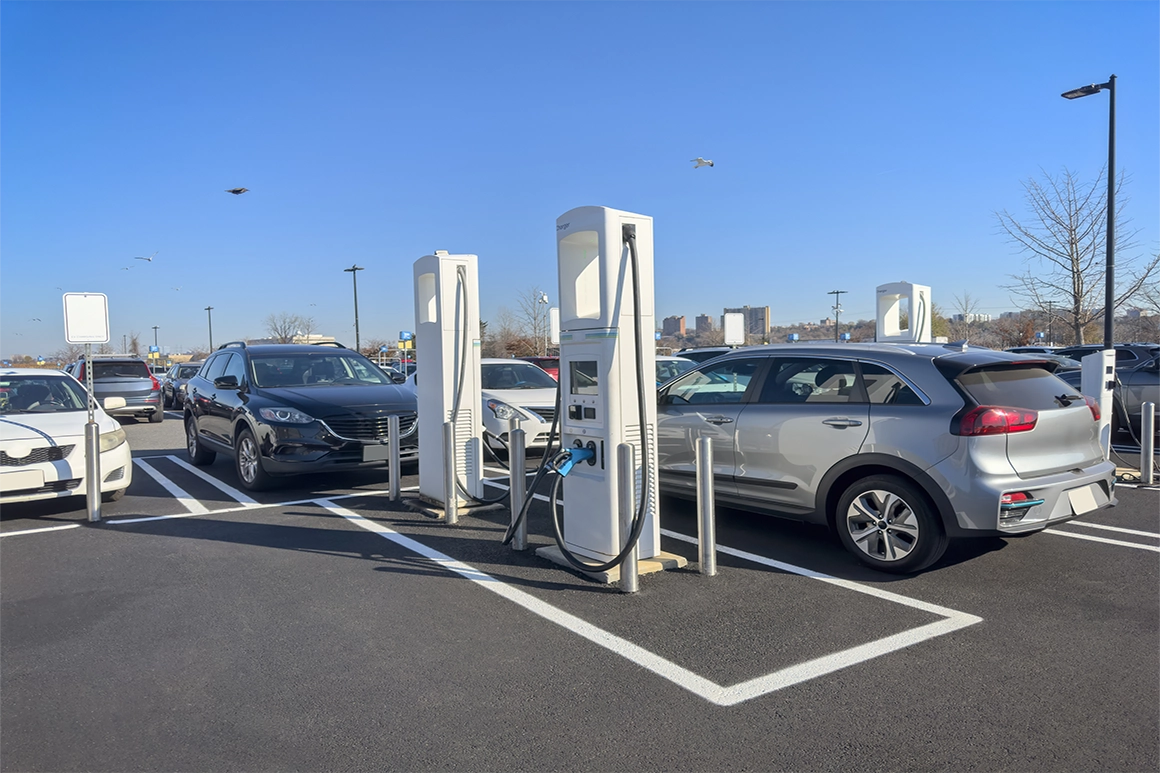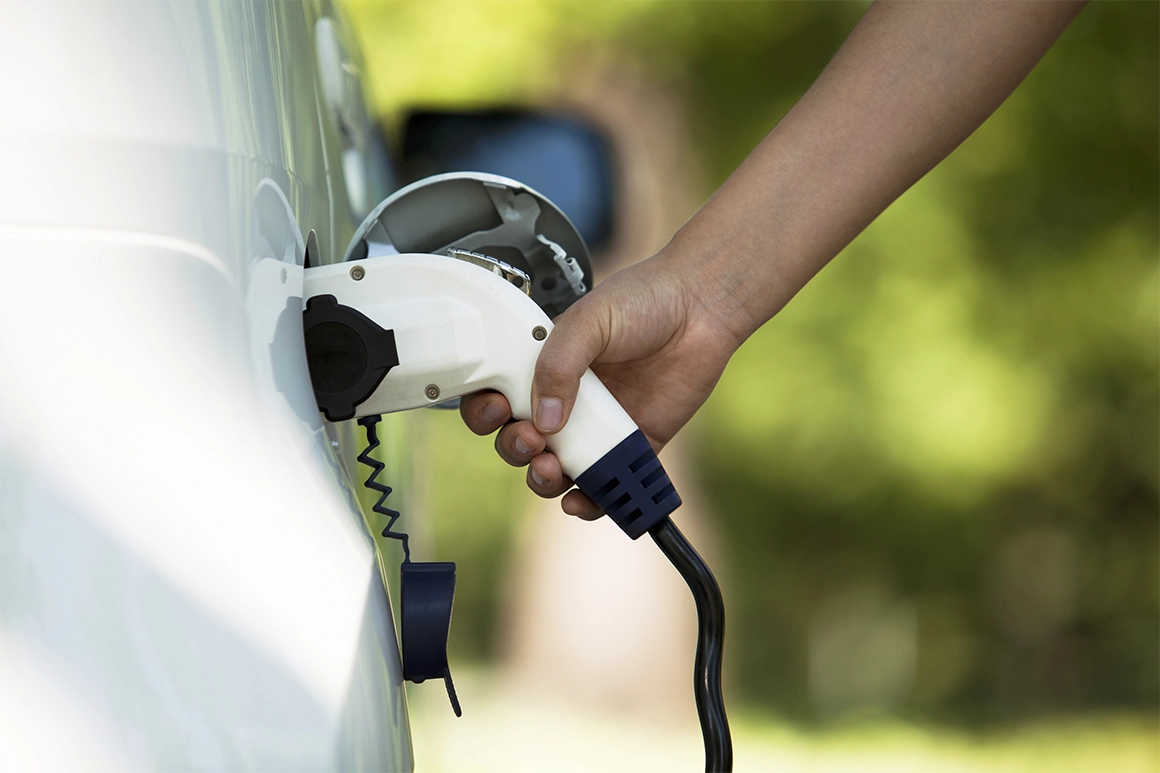
Challenges and progress in electric mobility
Despite its clear environmental benefits, mass adoption of electric mobility faces significant challenges.
The transition to electric mobility represents not only a technological shift, but also a profound cultural and economic change. With their promise to reduce greenhouse gas emissions and cut noise pollution, electric vehicles (EVs) are gaining ground around the world. However, in order for their adoption to be truly widespread and transformative, a number of challenges need to be addressed and opportunities seized.
Innovations in batteries
Solid-state batteries represent the next major evolution in energy storage technology for electric vehicles:
- Higher energy density: solid-state batteries can store more energy in less space, increasing the range of EVs.
- Safer: replacing a liquid electrolyte with a solid, these batteries are less prone to fires and offer greater thermal stability.
- Faster charging: Solid-state batteries are expected to allow significantly faster charging times, making the daily use of EVs easier.
- Extended lifetime: these batteries have the potential to last longer, reducing the need for frequent replacement.
Companies and research labs around the world are investing in the development of these technologies, with the hope that it will be commercially available within the next decade.
Future prospects
The outlook for electric mobility is optimistic. The electric vehicle market is expected to continue to grow as technology improves and costs decline. According to a BloombergNEF report, electric vehicles are projected to account for 58% of global new car sales by 2040. Furthermore, advances in technologies such as solid-state batteries and ultra-fast charging may further accelerate this transition.
We will now look at some of the challenges this sector will be facing.
Eight challenges for electric mobility

Charging infrastructure
1 of 8
One of the main challenges we face on the path to mass adoption of electric vehicles is charging infrastructure. Although progress has been made in the installation of public charging stations, availability is still spotty, especially in rural areas and developing countries. The installation of fast and ultra-fast charging points is crucial to reduce charging times and increase convenience for users. According to the International Energy Agency (IEA), approximately 30 million public charging points are expected to be needed globally by 2030 to meet demand.

Battery capacity and cost
2 of 8
Batteries in EVs are the most expensive component and one of the biggest technological challenges. Although costs have decreased significantly over the last decade, they still constitute a barrier that prevents reducing the final price of EVs. In addition, battery capacity determines vehicle range, a critical factor for consumer acceptance. Current research is focused on improving battery energy density and developing technologies such as solid-state batteries, which promise to be safer and more efficient.

Sustainability of the supply chain
3 of 8
Battery production requires materials such as lithium, cobalt and nickel, the extraction and processing of which have environmental and social impact. It is essential to develop more sustainable extraction methods and improve battery recycling to minimise that impact. The European Union, for example, is implementing regulations to ensure that batteries are recyclable and made from responsibly sourced materials.

Policies and regulations
4 of 8
Government policies have a crucial role to play in the promotion of electric mobility. Incentives such as EV purchase subsidies, tax exemptions and stricter emissions regulations are key to growing the market. Some countries, such as Norway, have set ambitious targets for the phase-out of internal combustion vehicles, creating an enabling environment for EV adoption.

Consumer awareness and acceptance
5 of 8
Public perception of EVs is another determining factor. Consumers need to be educated about the long-term benefits of EVs, not only in terms of fuel savings, but also in terms of reduced carbon footprint and improved air quality. Campaigns to raise awareness and direct experience with EVs can help change perceptions and increase uptake.

Advances in charging technology
6 of 8
The development of faster and more efficient charging technologies is key to making EVs more convenient for users. Inductive charging, which allows for cordless charging, and ultra-fast charging, which can recharge a battery in minutes rather than hours, are promising areas of research. These advances may make EVs a more viable option for those who need to recharge quickly and do not have access to charging points at home.

Impact on the economy and labour
7 of 8
The transition to electric mobility also has consequences affecting the economy and labour. The automotive industry is facing significant restructuring, as electric vehicles require fewer components and maintenance than internal combustion vehicles. This may lead to job losses in some areas, but also to the creation of new opportunities in battery manufacturing, charging infrastructure and related services.

Integration with renewable energies
8 of 8
The integration of EVs with renewable energies is another challenge and opportunity. EVs can act as mobile energy storage units, helping to balance demand and supply in renewable-energy-based electricity grids. Pilot projects in several countries are exploring how EVs can participate in vehicle-to-grid (V2G) programmes, where car batteries can feed energy back to the grid during moments of peak demand.




